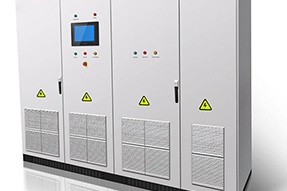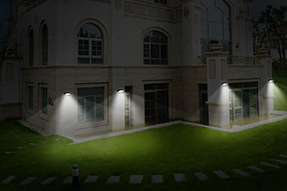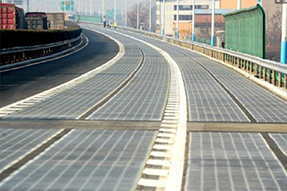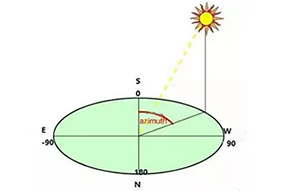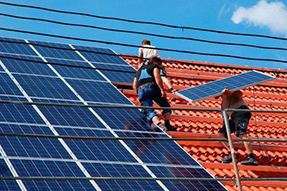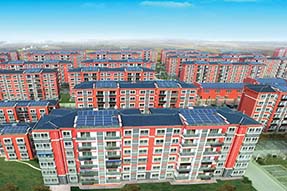Solar inverter is an important collocation for solar system
Inverter is very important configuration in solar system, because AC load appliances are widely used in various areas, so, it is necessary to learn more about inverter.
The power electricity that solar panel generates is Direct Current, namely, solar panel can charge battery, the battery can provide power supply for load. It need inverter to convert DC into AC when having AC loading. The function of inverter is to convert DC into AC, which is “Reverse Rectification”, so, it is said inverter. In terms of difference of circuit principle, inverter can be classified as self-excitation inverter, step wave inverter and PWM inverter, etc. According to the difference of topological structure of major loop, inverter can be classified as half-bridge structure, full bridge structure and push-pull configuration, etc. The protection function of inverter includes short-circuit protection, over-current protection, over-voltage protection, output undervoltage protection, output default phase protection, output reverse-connection protection, power circuit over-heat protection and automatic stable voltage protection, etc.
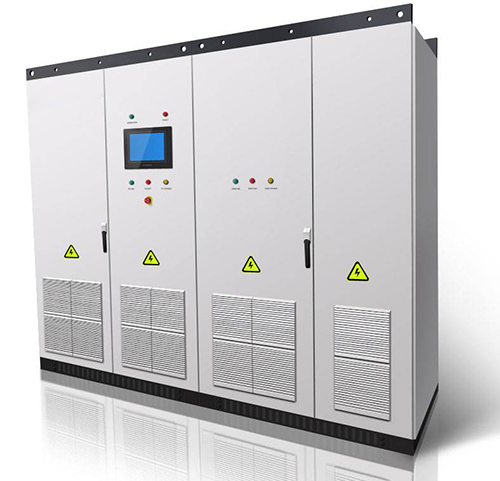
Usually, the voltage of solar modules is lower than AC voltage which is utilized by appliances, therefore, it need a convertor built-in solar inverter to increase the DC voltage, the voltage which is increased need be converted into AC by inverter. The core of solar inverter is DC-DC (DC booster) circuit and inverse switch circuit. These circuits are via power electronic On/Off to accomplish the relative DC-DC booster and inverter function. The on-off of power electronics requires some drive pulse which can be adjusted by changing a voltage signal, the production and adjustment of drive pulse are said as control-circuit. It is on the contrary for reverse transformation and orthogonal transformation, it utilizes the total control power devices which have On/Off characteristic, getting through some control logic, via main control circuit periodically to release On/Off control signal to power devices, then, after being current boosted, the shaping filter can get the request AC. Usually, medium and small power inverter is to adopt MOSFET and Insulated gate transistor, big inverter is to adopt the thyristor device which can be shut on/off.
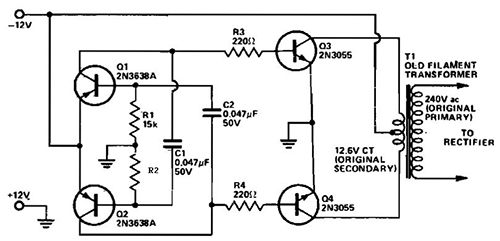
The choice of inverter would effect performance reliability and cost of solar system, the parameter of inverter includes output waveform, power transmission efficiency, nominal power, input voltage, voltage regulation, voltage protection, frequency, modularity power factor, reactive current, size and weight, voice frequency and RF noise, meter head and On/Off. Some inverter still has battery charging controlled by wireless remote, load transfer switch and parallel running. Individual inverter can produce 120V or 240V AC with 50Hz or 60Hz frequency by the input of DC12V, 24V, 48V or 120V.
Regards to output waveform, inverter can be classified as square wave, sine-like wave and sine wave. The square wave inverter is relative cheap, its efficiency is above 90%, higher harmonics, by small output voltage to adjust, they are applicable for impedance type load and incandescent light bulb. The output of sine-like wave inverter can be adjusted by increasing pulse width, efficiency can be up to 90%, it can be used for lights, electric device and most of electrical machineries, etc, whereas, since harmonics energy loss when being used for electrical machineries, its efficiency is lower than sine wave inverter. The current waveform of sine wave inverter is as well as most of electric devices. They can drive any AC load between their power ranging. Usually, the volume of inverter can be added 25% over calculated value, which can not only increase this working reliability, but also meet the appropriate improvement of load. Regards to requirement of small load, the efficiency of inverter is relative low. The efficiency of inverter can be up to nominal efficiency (about 90%) when the load requirement exceeds 50% of nominal load.
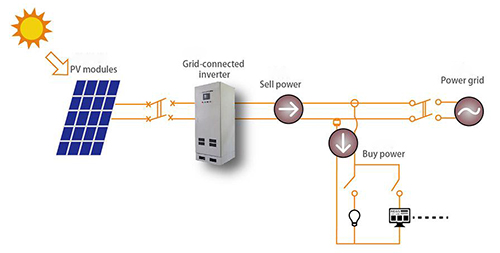
Inverter can’t be reversed connection, otherwise, the relative appliances would be burnt. The maximum input voltage can’t exceed the upper limit of rated input voltage. As inverter has some on-load current, it should be cut off when no utilization. The environmental temperature is -10 ~40℃, therefore, water can’t be sprinkled on inverter, do the best to avoid inverter being directly radiated by sunlight, don’t put other articles on inverter, or covering the working inverter. Don’t install inverter near inflammable materials, also don’t install inverter near the gather of inflammable gases.
Bingsolar Power, 24th, November, 2017
